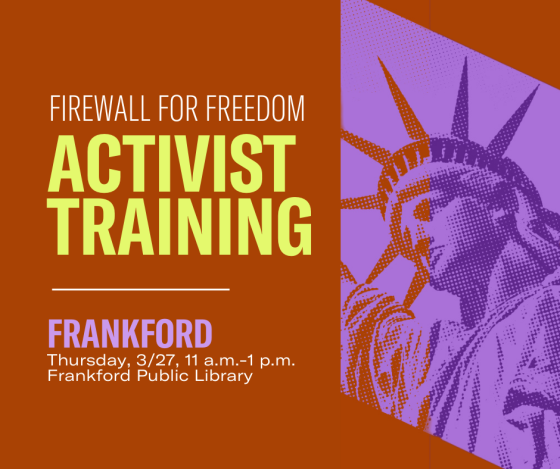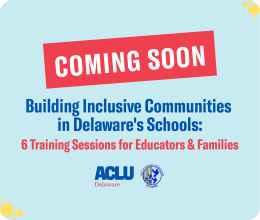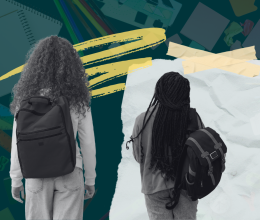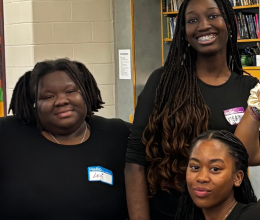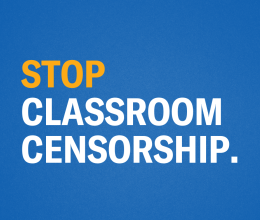Engaging Families and Understanding Trauma
Developed by Teri Lawler, M.A. and Equetta Jones, Ed.S.
This session focuses on the importance of using social-emotional learning strategies to address toxic stress that results from the prevalence and impact of trauma within school communities. Session activities highlight the importance of adopting appropriate trauma-responsive school interventions and developing positive, supportive relationships with families and communities.
Prepare for this session:
- View the Ted Talk by Olympia Della Flora
- Review Trauma Information from the Center for Disease Control (CDC)
- Take the ACE Test
- Read Lieber, C. and Tissiere, M. with Bialek, S (2017). Embedding social and emotional learning in high school classrooms. Engaging Schools Connect*Collaborate*Learn: Cambridge, MA.
Session Objectives:
- Identify individual Adverse Childhood Experience (ACE) score and examine how trauma impacts the classroom.
- Determine a participating school’s characteristics on the trauma-adverse – trauma-informed continuum.
- Examine trauma-responsive interventions.
- Understand social emotional learning and connecting to families.
- Build positive home-school relationships.
- Connect families to resources.
A Suggested Icebreaker or Introductory Activity:
In this training we are discussing problems that reach beyond the classroom; these problems remind us that on a daily basis we face huge community issues that have histories that relate to the children in our schools and to our own lives. These can be difficult things to discuss, so we should be clear about our conversation norms. We want to create a space where everyone can be open, vulnerable, honest, and engaged. What shall we include in our basic group guidelines? (Adapted from Anyon, Engelman et al.)
If the group hesitates, give some examples:
- Be present
- Speak your truth
- Know the impact of your words
- Step up (speak), step back (listen)
- Assume best intentions
- Participate
- Communicate your needs
- What is said here, remains here
Let’s start with a quick social-emotional learning activity (circle or pop-corn responses).
What emotions did we bring to this session (Participants can share in a sentence or two or just name an emotion)? After everyone has shared, ask participants to describe any trends they noticed in the group. For example—are there a lot of people feeling stressed or tired or energized, etc. Session leaders might end the activity by describing their own emotions brought to the session but relate them to the work at hand and its importance in helping create schools that are responsive to the needs of children and youth.
Session Activities for Educators and Parents:
Guided Conversation #1: Focus on Trauma
- How is trauma defined?
- How likely is it that the children and adults that you work with have ACE scores of two or more? https://acestoohigh.com/aces-101/
- Were you surprised by your own ACE score? What might you do to address what you learned? https://morgridge.du.edu/notes-from-the-field-radical-self-care-for-educators/
- What does the CDC work indicate about the prevalence of Trauma in society?
- Trauma produces stress.
- Is all stress bad?
- Is it stress that harms us or our response to it?
- What does the CDC work indicate about the prevalence of trauma in the lives of children?
- How do we see evidence of stress in schools and classrooms?
- Fight responses
- Flight responses
- Freeze responses
- What happens to the brain? What image might we use in a public service announcement as a warning? This is your child’s brain on stress!
- What are some specific impacts of stress on a child’s academic and social development?
- Language delays
- Impaired cognitive functions
- Behavior disorders
- Difficulty developing relationships
Guided Conversation #2 From Trauma Informed to Trauma Responsive
- What can schools and teachers do?
- Information is first.
- Personal responsibility of individuals to facilitate recovery is important.
- Healing occurs within the context of relationships.
- Work in School-based groups to complete the following assessment
- Explain the information or strategies that impressed you most from Olympia Della Flora’s Ted Talk?
- Where is your school on the Trauma Responsive Continuum?
- How might the Three-Tiered System of Support that is presented in the Engaging Schools pre-reading work in your school (Middle/High Schools)? If your school has already established a system, compare it to the Engaging Schools’ model.
- Researchers identified 10 principles for increasing SEL and students’ access to self-awareness, self-management, social and academic efficacy. Note Mechanisms #1 Developing Supportive Relationships through a My Teaching Partner effort and #8 Including Student Voice and Families’ Perspectives in the formal behavior management plans of the school. Explain why these are mechanisms that your school is likely or unlikely to embrace.
Guided Conversation #3 Connecting to Families within Communities
- Continue work in school-based groups to consider the sections of the Trauma Sensitive School Checklist that relate to:
- (A) Mental Health Collaborations,
- (B) Family Partnerships and
- (C) Community Linkages.
- Identify a group-agreed-upon score for each service area noted above as (A) ____ (B)____ (C)____
- Not in place = 1
- Partially in place = 2
- Mostly in place = 3
- Fully in place = 4
- For any area that you rate 3 or 4, prepare on newsprint or poster strategies and information about the services and approaches in progress at your school that should be disseminated to other schools.
- For any area that you rate 1 or 2, focus on action strategies during the Concluding Conversation.
A Concluding Conversation:
Allow each school team to meet to record their preliminary ideas for putting the session content into action. Each school team is assigned to complete the Moving from Talk to Action form. Read a practice-based article to identify new ideas: https://www.edutopia.org/blog/school-community-collaboration-brendan-okeefe.
Identify one or more ideas related to building supportive relationships with families and community agencies that if implemented might offer opportunities to improve your school’s SEL responsiveness related to (A), (B), or (C) above.
Homework Assignment: Moving from Talk to Action
What steps will you take to advocate for planning that will allow your school to embrace one or more of the ideas that emerged during your Concluding Conversation? Include steps for educator to educator and parent to parent involvement.
After reading, discussion, video presentations, and reflection, what new or modified SEL responsive discipline strategies will your team recommend for your school’s plan? Consider a single strategy that might support development of supportive, respectful, trusting relationships that reduce the effects of toxic stress and support resilience.
A Journaling Prompt:
What about your use of Social Emotional Learning practices? Use this self-assessment to identify how you might adjust your instructional practices and write a journal entry entitled My SEL Empowerment.

